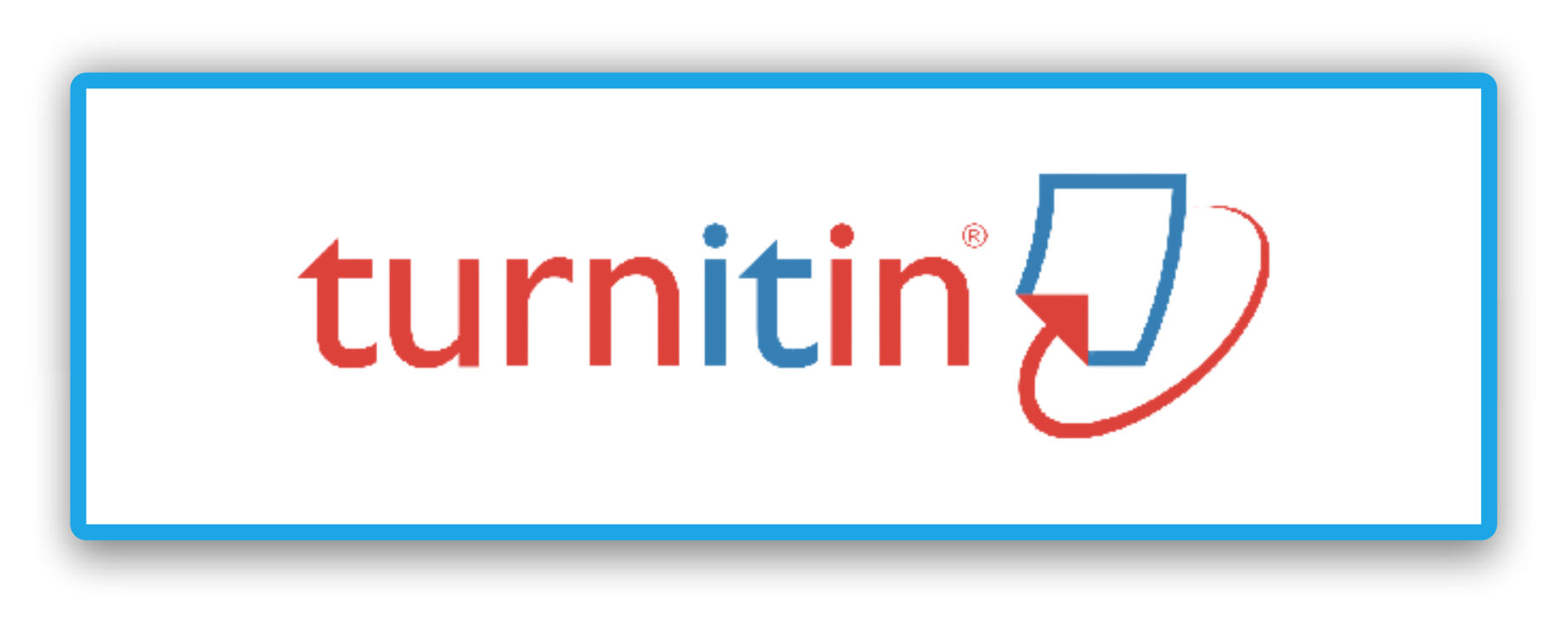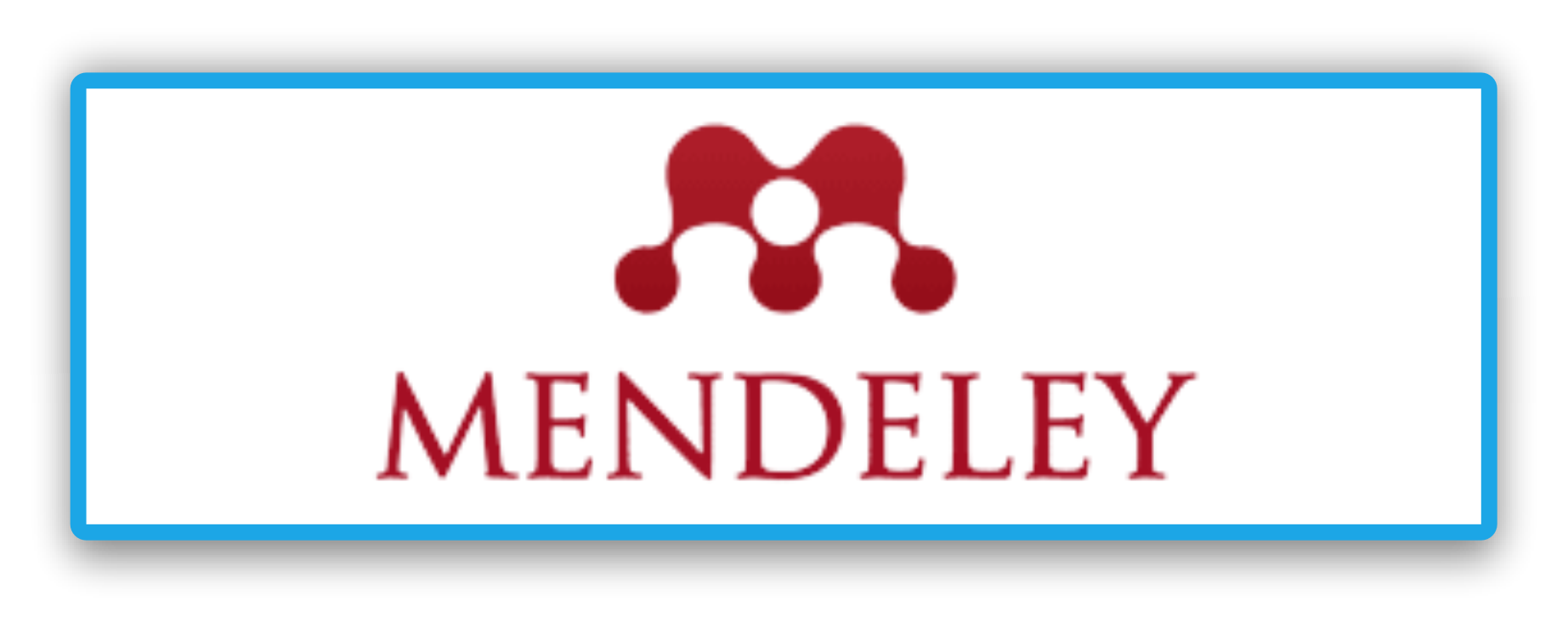The Impact of Flipped Classroom-Based Problem-Based Learning (PBL) on Student Learning Outcomes in Islamic Religious Education at SMA Negeri 1 Koto Baru, Dharmasraya Regency
Abstract
Full Text:
PDFReferences
Ahmadvand, S., & Khoshchehreh, M. (2023). Theory and Practice: Implications of Social Constructivism in Education. International Journal of Humanities and Social Development Research, 7(2), 19–30. https://doi.org/10.30546/2523-4331.2023.7.2.19
Akmal, R., & Ritonga, M. (2020). Pembelajaran Pendidikan Agama Islam di Masa Covid-19: Analisis terhadap Problem serta Solusi Bagi Orang Tua. Jurnal Tarbawi, 05(02), 178–188. https://journal.unismuh.ac.id/index.php/tarbawi/article/view/4133
Alam, A., & and Mohanty, A. (2023). Educational technology: Exploring the convergence of technology and pedagogy through mobility, interactivity, AI, and learning tools. Cogent Engineering, 10(2), 2283282. https://doi.org/10.1080/23311916.2023.2283282
Almulla, Mohammed Abdullatif. (2020). The Effectiveness of the Project-Based Learning (PBL) Approach as a Way to Engage Students in Learning. SAGE Open, 10(3), 2158244020938702. https://doi.org/10.1177/2158244020938702
Aprison, W., & Junaidi, J. (2022). The Integration Of Religious Values Into Sciences-Related Topic Toward Postmodernism Of Science In Islam. AL-ISHLAH: Jurnal Pendidikan, 14(4), 5885–5896. https://doi.org/10.35445/alishlah.v14i4.2058
Aslan, S. A. (2022). The effect of flipped classroom approach on learning achievement, online self-regulation and interaction in synchronous distance education. Journal of Educational Technology and Online Learning, 5(3), 535–552. https://doi.org/10.31681/jetol.1094205
Astuti, A. (2024). Collaboration Between PAI Teachers and Class Homeroom Teachers in Shaping Character Honest and Religious at Elementary School 02 Sapan Sawahluto. Ruhama : Islamic Education Journal, 7(1), 37–44. https://doi.org/10.31869/ruhama.v7i1.5420
Bada, & Olusegun, S. (2015). Constructivism Learning Theory: A Paradigm for Teaching and Learning. IOSR Journal of Research & Method in Education (IOSR-JRME), 5(6), 66–70. https://doi.org/10.9790/7388-05616670
Barbieri, C. A., & and Rodrigues, J. (n.d.). Leveraging cognitive load theory to support students with mathematics difficulty. Educational Psychologist, 1–25. https://doi.org/10.1080/00461520.2025.2486138
Bergmann, J., & Sams A. (2012). Flipped Your Classroom. In Journal of Physics A: Mathematical and Theoretical (Vol. 44, Issue 8). https://www.rcboe.org/cms/lib/GA01903614/Centricity/Domain/15451/Flip_Your_Classroom.pdf
Bond, M. (2020). Facilitating student engagement through the flipped learning approach in K-12: A systematic review. Computers & Education, 151, 103819. https://doi.org/https://doi.org/10.1016/j.compedu.2020.103819
Cabi, E. (2018). The impact of the Flipped Classroom model on students’ academic achievement. International Review of Research in Open and Distributed Learning, 19(3), 202–221. https://doi.org/10.19173/irrodl.v19i3.3482
Damayanti, K., Effendi, M., & Daryono, R. W. (2024). The Effectiveness of The Problem-Based Learning Model on Student Learning Achievement in Islamic Education Learning. IJORER : International Journal of Recent Educational Research, 5(5), 1097–1108. https://doi.org/10.47191/ijmra/v7-i07-49
Erkan, H., & Duran, M. (2023). The Effects of STEM Activities Conducted with the Flipped Learning Model on Primary School Students’ Scientific Creativity, Attitudes and Perceptions towards STEM. Science Insights Education Frontiers, 15(1), 2175–2225. https://doi.org/10.15354/sief.23.or115
Fatimah, S., & Sumarni, S. (2024). a Holistic Approach To Islamic Basic Education: Synthesizing the Development of Students’ Potential From Intellectual, Spiritual and Emotional Aspects. Pionir: Jurnal Pendidikan, 13(2), 106. https://doi.org/10.22373/pjp.v13i2.24259
Gallagher, M. W. (2012). Self-Efficacy (V. S. B. T.-E. of H. B. (Second E. Ramachandran (ed.); pp. 314–320). Academic Press. https://doi.org/https://doi.org/10.1016/B978-0-12-375000-6.00312-8
Hotmaida, H., Ritonga, M., & Mursal, M. (2020). Islamic Religious Education Learning at Elementary Schools: Analysis of Teacher Competency, Strategy and Outcome Quality. Ruhama : Islamic Education Journal, 3(2), 29–42. https://doi.org/10.31869/ruhama.v3i2.2221
Jaganathan, S., Bhuminathan, S., & Ramesh, M. (2024). Problem-Based Learning - An Overview. Journal of Pharmacy & Bioallied Sciences, 16(Suppl 2), S1435–S1437. https://doi.org/10.4103/jpbs.jpbs_820_23
Karan, E., & Brown, L. (2022). Enhancing Student’s Problem-solving Skills through Project-based Learning. Journal of Problem Based Learning in Higher Education, 10(1), 74–87. https://doi.org/10.54337/ojs.jpblhe.v10i1.6887
Klein, K., Calabrese, J., & Aguiar, A. (2023). Evaluating Active Lecture and Traditional Lecture in Higher Education. Journal on Empowering Teaching Excellence, 7(2), 40–51. https://doi.org/10.26077/ba42-a5cc
Lai, C.-L., & Hwang, G.-J. (2016). A self-regulated flipped classroom approach to improving students’ learning performance in a mathematics course. Computers & Education, 100, 126–140. https://doi.org/https://doi.org/10.1016/j.compedu.2016.05.006
Mayer, R. E. (2009). Multimedia Learning. In Cambridge University Press (Vol. 1). Cambridge University Press.
Mupa, P., & Isaac., T. C. (2015). Factors contributing to ineffective teaching and learning in primary schools: Why are schools in decadence? Journal of Education and Practice, 6(19), 125–132. https://files.eric.ed.gov/fulltext/EJ1079543.pdf%0Ahttp://search.ebscohost.com/login.aspx?direct=true&db=eric&AN=EJ1079543&site=ehost-live
Nicholus, G., Muwonge, C. M., & Joseph, N. (2023). The Role of Problem-Based Learning Approach in Teaching and Learning Physics: A Systematic Literature Review. F1000Research, 12, 951. https://doi.org/10.12688/f1000research.136339.2
Nugraha, T. C., Abdel Rahim, E. S. E. S. A., & Lukman, F. (2024). Integrating Problem-Based and Flipped Learning in Islamic Religious Education: a Pathway To Achieving Sustainable Development Goals. Jurnal Pendidikan Islam, 10(1), 125–136. https://doi.org/10.15575/jpi.v10i1.35204
Piaget, J., & Inhelder, B. (2000). The Psychology of the child (Vol. 11, Issue 1). Presses Universitaires de France. http://scioteca.caf.com/bitstream/handle/123456789/1091/RED2017-Eng-8ene.pdf?sequence=12&isAllowed=y%0Ahttp://dx.doi.org/10.1016/j.regsciurbeco.2008.06.005%0Ahttps://www.researchgate.net/publication/305320484_SISTEM_PEMBETUNGAN_TERPUSAT_STRATEGI_MELESTARI
Posman Rambe, & Nurwahidah. (2023). The Impact of Problem-Based Learning Learning Methods on the Development of Islamic Education Learning. Journal of Insan Mulia Education, 1(1), 25–30. https://doi.org/10.59923/joinme.v1i1.9
Rahayu, M. N., & Mariono, A. (2024). Flipped Classroom Model Combined with Problem-Based Learning: Increase Critical Thinking Ability. Akademika, 13(2), 157–167. https://doi.org/10.34005/ak.v13i02.4300
Ritonga, M., Mudinillah, A., Wasehudin, W., Julhadi, J., Amrina, A., & Shidqi, M. H. (2024). The effect of technology on Arabic language learning in higher education. Journal of Education and Learning, 18(1), 116–127. https://doi.org/10.11591/edulearn.v18i1.20867
S, Y. A., Ernawati, S., Saputra, H., & Kurniawan, M. A. (2024). Islamic Education Management Strategy in the Digital Era: Governance Transformation to Increase Effectiveness and Accessibility. International Journal of Islamic Educational Research, 1(3), 27–44. https://doi.org/10.61132/ijier.v1i3.67
Smith, K., Maynard, N., Berry, A., Stephenson, T., Spiteri, T., Corrigan, D., Mansfield, J., Ellerton, P., & Smith, T. (2022). Principles of Problem-Based Learning (PBL) in STEM Education: Using Expert Wisdom and Research to Frame Educational Practice. Education Sciences, 12(10). https://doi.org/10.3390/educsci12100728
Suyadi. (2022). Learning Taxonomy of Islamic Education: The Development of Aql and the Brain in Quran from a Neuroscience Perspective. In Millah: Journal of Religious Studies (Vol. 21, Issue 2). https://doi.org/10.20885/millah.vol21.iss2.art3
Yu, H. (2024). RETRACTED: Enhancing creative cognition through project-based learning: An in-depth scholarly exploration. Heliyon, 10(6), e27706. https://doi.org/https://doi.org/10.1016/j.heliyon.2024.e27706
DOI: https://doi.org/10.31869/ruhama.v8i1.6670
Article Metrics
Abstract view : 0 timesPDF - 0 times
Refbacks
- There are currently no refbacks.

This work is licensed under a Creative Commons Attribution-ShareAlike 4.0 International License.
INDEXED BY :
Pascasarjana UM Sumatera Barat
Jl. Pasir Kandang No.4, Pasie Nan Tigo, Kec. Koto Tangah, Kota Padang, Sumatera Barat 25586.
 This work is licensed under a Creative Commons Attribution-ShareAlike 4.0 International License.
This work is licensed under a Creative Commons Attribution-ShareAlike 4.0 International License.












